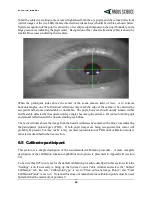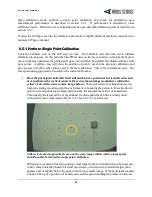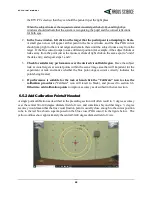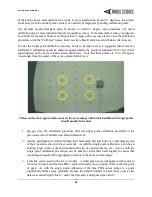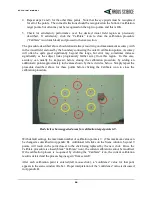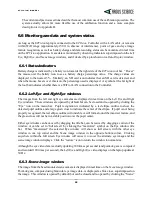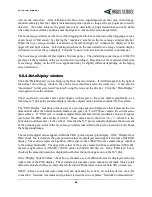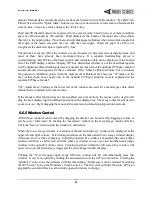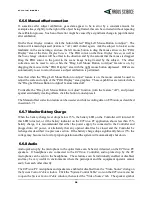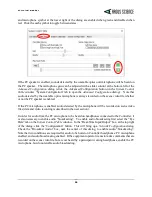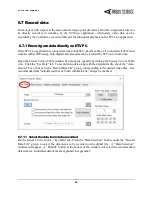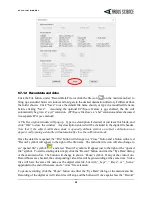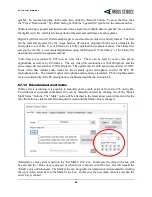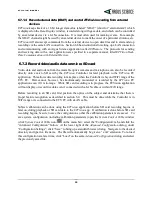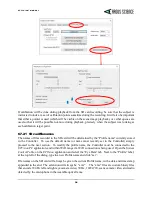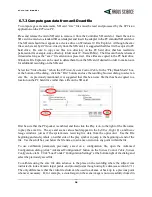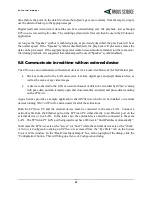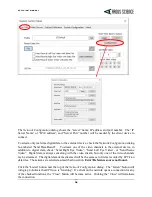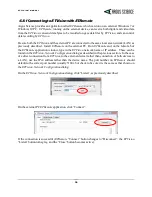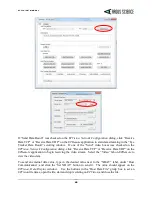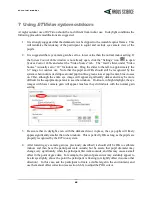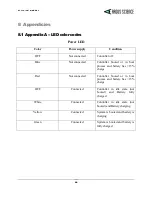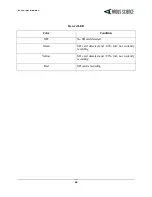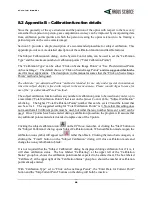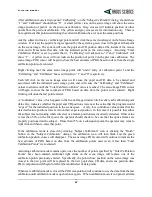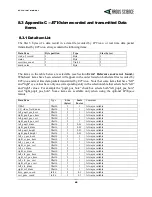
E T V I S I O N M A N U A L
34
If calibration will be done during playback from the SD card recording, be sure that the subject is
instructed to look at a set of calibration points sometime during the recording. It will also be important
that either a pointer is used (which will be visible on the scene image playback), or verbal queues are
used so that it will be possible to know, during playback, precisely when the subject was looking at
each calibration target point.
6.7.2.1
SD card file names
The names of files recorded to the SD card will be determined by the “Profile name” currently stored
in the Controller. To use the default name (or name most recently set in the Controller) simply
proceed to the next section. To modify the profile name, the Controller must be connected to the
ETVision
PC application, and within WiFi range if a WiFi connection is being used. Open the
System
Control Table
, on the
ETVision
application and select the “Eye Data” tab. Next to the “Profile” label,
at the top left of the dialog, type in a new Profile name and click “set”.
File names on the SD card will always be given the current Profile name, with a date and time stamp
appended to the end. The extension will always be “.emv”. The “emv” files are custom binary files
that encode 180 Hz left and right eye camera video; 30 Hz, 1028x720, scene camera video; and audio
detected by the microphone in the wearable optics frame.

